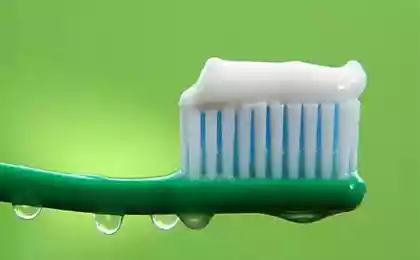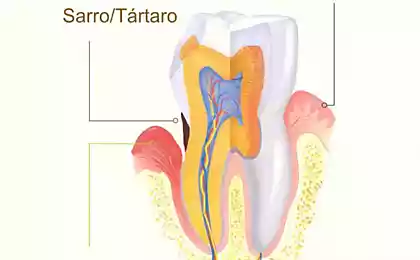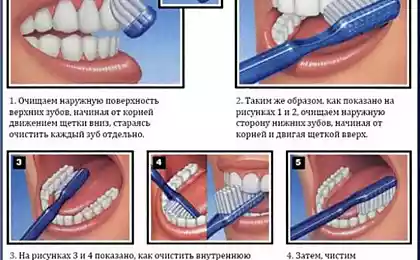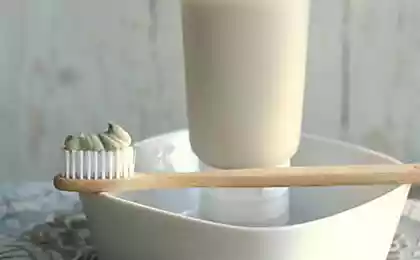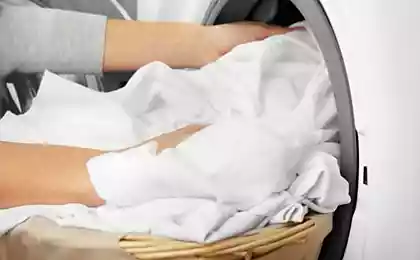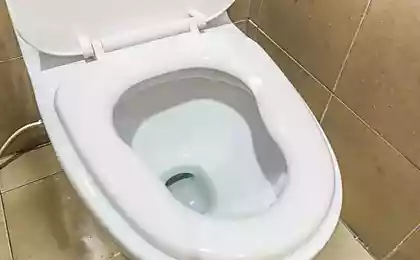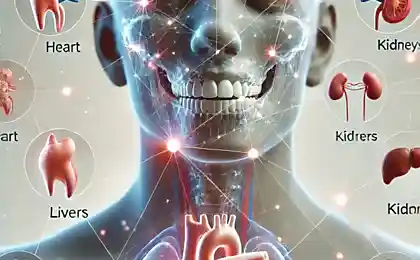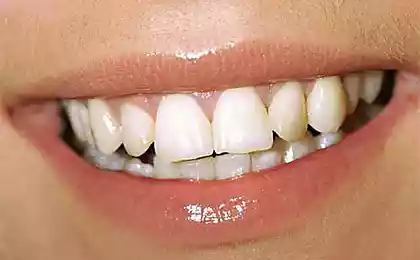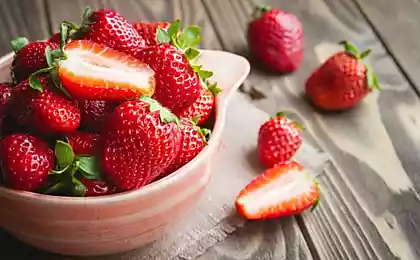485
Means for bleaching teeth at home
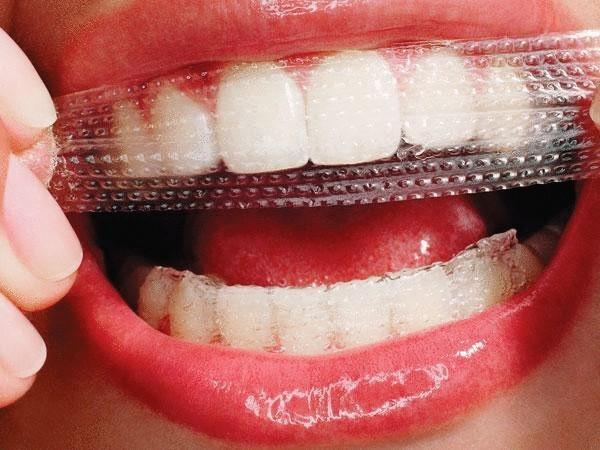
Whitening strips Coated with whitening gel, these thin, flexible strips designed to follow the shape of the teeth. They are very comfortable and easy to use and does not require any mixing or forming. Moreover, they are stealthy enough to wear them at work or while shopping or chatting. However, whitening strips are less effective for stain removal between the teeth than the plate, and are not suitable for crooked teeth. In addition, saliva can penetrate into whitening strips, thereby reducing their effectiveness. Some whitening strips are not long enough to be enough for the smile, also they are prone to slipping and falling.
Crest Whitestrips Supreme containing 14% hydrogen peroxide- the highest admissible concentration for whitening strips today are prepared in dental offices. These plates are wide enough to cover up to 6 teeth. The approximate cost of a box of 84 strips (for 3 weeks) – $ 45. Whitening strips sold without a prescription, cost from 20 to 45 dollars. Applied bleach with a Brush applicators is considered to be the easiest method of teeth whitening. The procedure is performed immediately after a meal or regularly throughout the day as an alternative to bleaching the plates and strips. These bleaches are often called "antidotes" new stains caused by food, especially red wine. But the opinions of dentists regarding applied with a brush bleach divided. Some consider them to be useful additions to the clinical or "plate" bleaching, others do not see any particular effect of these bleaching agents. Cost – from 13 to 100 dollars. Whitening toothpaste From a technical point of view, all toothpastes are whitening because they remove plaque from the tooth surface. But only few of them contain key whitening ingredients: chemical bleaching agents and abrasives in high concentrations. With regular use of these toothpastes can be used as a supportive method for whitening teeth. Of course, given that brushing your teeth is 1-2 minutes, the produced effect is minimal. But since we brush our teeth every day, some consider whitening toothpastes to be potential whitening enhancers. Toothpastes that contains peroxide As toothpaste foam is distributed over the entire oral cavity and is swallowed, the percentage of any bleach it contains is low, which helps to avoid irritation. Toothpastes with abrasives Most toothpastes clean the teeth with finely crushed abrasives, such as silica, alumina, calcium carbonate and baking soda. Whitening toothpastes contain more of these abrasives, but paradoxical is that overuse can cause the emergence of a large number spots as well as darkening the surface of dental crowns and veneers. Whitening floss May seem that dental floss is an important factor in teeth whitening because of its brief contact with the teeth (1-2 seconds). But the daily use of dental floss for a long time helps eliminate stains in narrow spaces between the teeth, while even at clinic difficult to cope with these kinds of spots. Whitening floss is different from the usual content of silicon.

Author: Yana Gumenyuk
Source: estet-portal.com/
Compact gardening hybrids of cherry and plum
An unexpected encounter between lion cubs and a crocodile in South Africa

